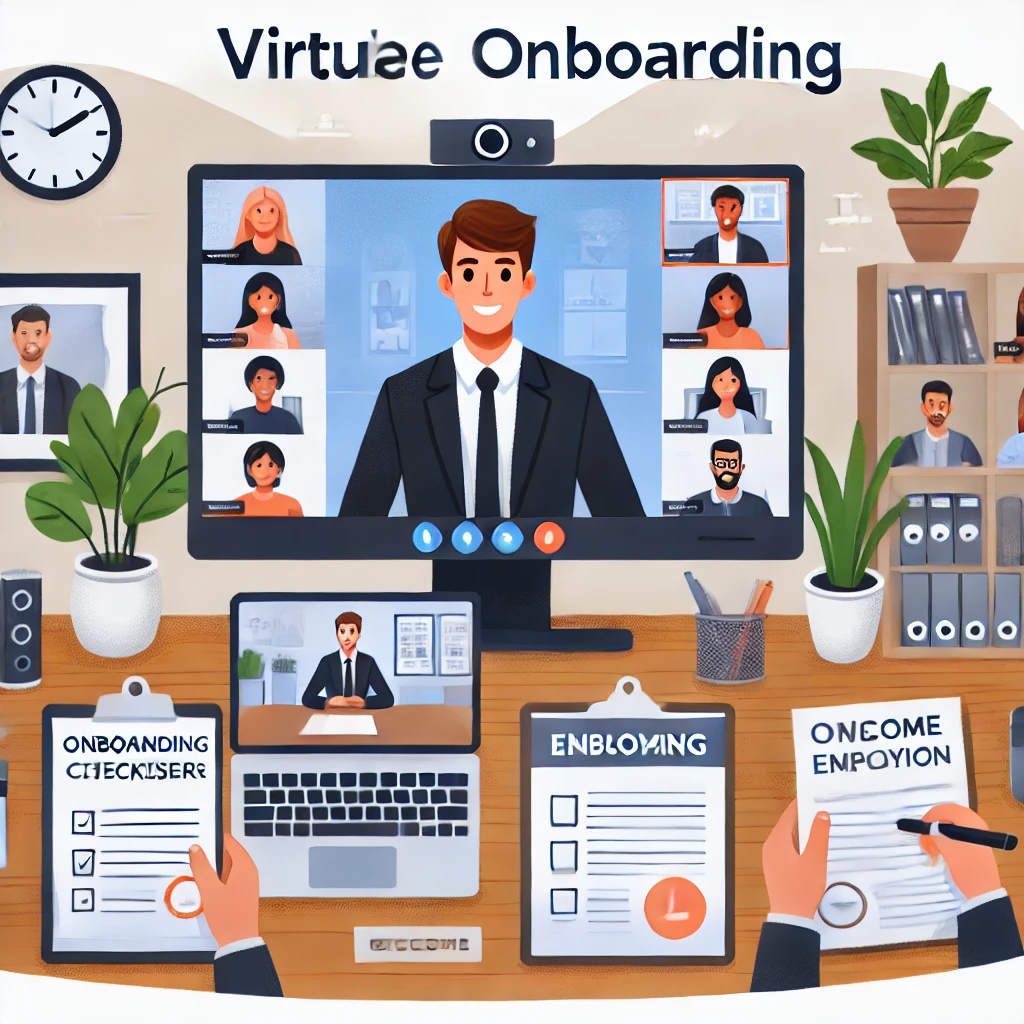How to Implement Virtual Onboarding Programs for New Hires
Virtual onboarding is essential in today’s remote work environment. Here’s how to implement an effective virtual onboarding program for new hires.
1. Plan Ahead
Start by planning the onboarding process in advance. Create a detailed onboarding schedule that includes all necessary activities, such as orientation sessions, training programs, and introductions to team members. A well-structured plan ensures a smooth onboarding experience.
2. Use Onboarding Software
Leverage onboarding software to streamline the process. Tools like BambooHR, WorkBright, and Talmundo can automate administrative tasks, track progress, and provide a centralized platform for all onboarding activities. This makes the process more efficient and organized.
3. Prepare Digital Welcome Kits
Send digital welcome kits to new hires before their start date. These kits can include essential documents, company policies, an employee handbook, and branded merchandise. A warm welcome sets a positive tone and helps new hires feel valued.
4. Conduct Virtual Orientation Sessions
Host virtual orientation sessions to introduce new hires to the company, its culture, and its values. Use video conferencing tools like Zoom or Microsoft Teams to facilitate these sessions. Include presentations from key leaders and interactive Q&A segments to engage new employees.
5. Assign Mentors or Buddies
Assign mentors or buddies to new hires to provide guidance and support during the onboarding process. These experienced team members can help answer questions, offer insights into the company culture, and assist with any challenges the new hires may face.
6. Provide Comprehensive Training
Offer comprehensive training programs to equip new hires with the skills and knowledge they need to succeed in their roles. Use e-learning platforms, webinars, and virtual workshops to deliver training content. Ensure that training materials are easily accessible and well-organized.
7. Facilitate Team Introductions
Facilitate virtual introductions to team members and key stakeholders. Arrange one-on-one meetings or virtual coffee chats to help new hires build relationships and integrate into the team. These interactions are crucial for fostering a sense of belonging and collaboration.
8. Set Clear Expectations
Clearly communicate job expectations, responsibilities, and performance metrics to new hires. Provide them with a detailed job description and outline short-term and long-term goals. Clear expectations help new employees understand their role and what is expected of them.
9. Gather Feedback
Solicit feedback from new hires about the onboarding process. Use surveys or informal check-ins to gather their input and identify areas for improvement. Continuous feedback ensures that the onboarding program remains effective and relevant.
10. Monitor Progress and Provide Support
Monitor the progress of new hires throughout the onboarding process. Schedule regular check-ins to discuss their experiences, address any concerns, and provide ongoing support. A supportive approach helps new employees feel confident and engaged in their roles.
By implementing these strategies, businesses can create a successful virtual onboarding program that ensures new hires are well-prepared, integrated, and motivated to contribute to the organization.

